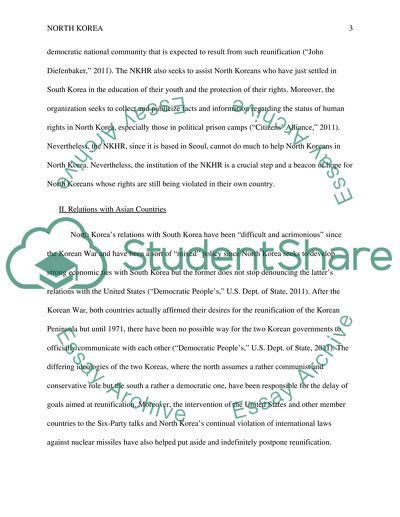Cite this document
(“Foreign Policy of North Korea Essay Example | Topics and Well Written Essays - 4250 words”, n.d.)
Retrieved de https://studentshare.org/politics/1391235-foreign-policy-of-north-korea
Retrieved de https://studentshare.org/politics/1391235-foreign-policy-of-north-korea
(Foreign Policy of North Korea Essay Example | Topics and Well Written Essays - 4250 Words)
https://studentshare.org/politics/1391235-foreign-policy-of-north-korea.
https://studentshare.org/politics/1391235-foreign-policy-of-north-korea.
“Foreign Policy of North Korea Essay Example | Topics and Well Written Essays - 4250 Words”, n.d. https://studentshare.org/politics/1391235-foreign-policy-of-north-korea.


